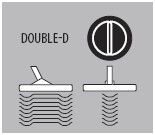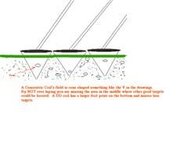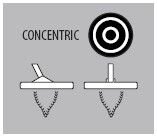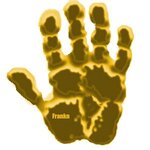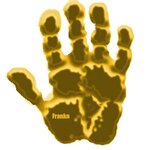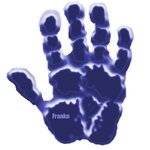chuck a
Tenderfoot
- Sep 12, 2012
- 5
- 0
- Detector(s) used
- Whites, Coinmaster 1977,Silver Eagle and V3i
- Primary Interest:
- All Treasure Hunting
Anyone know of a book that would explain what the metal detection patterns look like for different size coils and different type detectors?
Thanks Chuck
Thanks Chuck


